Guide to Electric Fencing Insulators
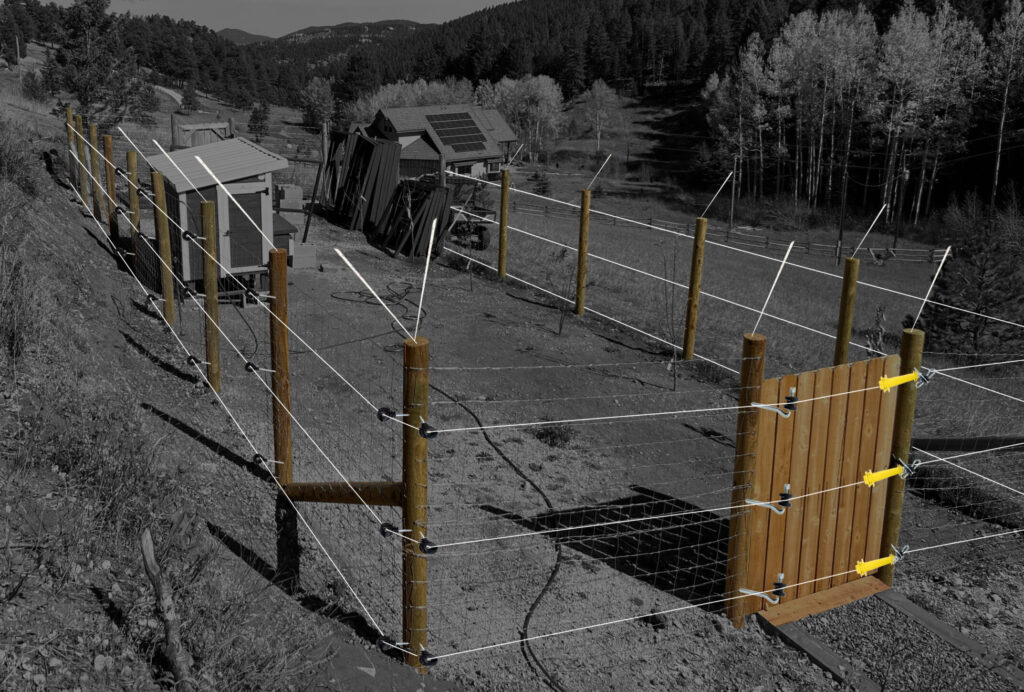
The Guide to Electric Fencing Insulators is everything you need to know about electric fence insulators, learn how to select the right insulators for your project.
Fencing Bella Coola – Part 2: Constructing a Fence

Bella Coola is known for the Great Bear Rainforest, the world’s largest coastal temperate rainforest. We teamed up with community members and owners of an orchard in the Bella Coola Valley to help keep bears wild by fencing them out of human spaces.
Margo Supplies at the 28th Annual International Bear Conference in Edmonton, AB
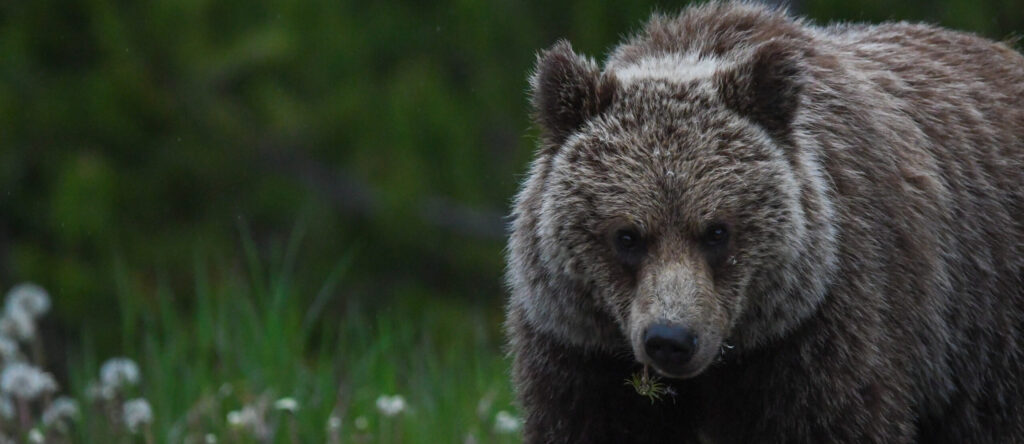
Margo Supplies was excited to be a vendor and silver sponsor of the 28th Annual Bear Conference in Edmonton, AB this past week, September 15 – 21, 2024.
Essentials for Your Outdoor Adventure
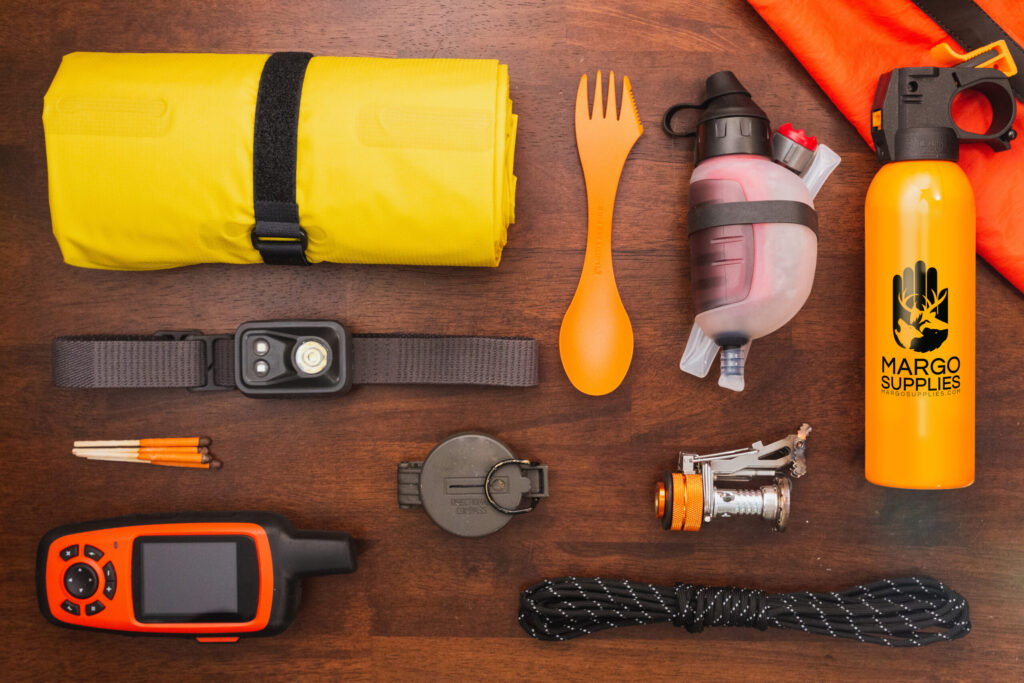
Whether you’re a seasoned hiker or a beginner, having the right gear in your hiking bag can make all the difference in ensuring a safe and enjoyable journey.
Using Electric Fencing to Manage Bear Conflict
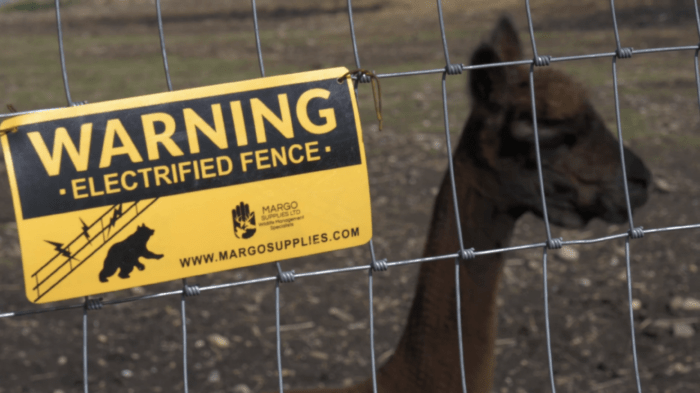
Bear conflict, in large, is driven by food in Alberta. Margo Supplies Heavy Duty fence is the tool of choice for homeowners, hobby farms, and industry professionals. The Heavy Duty fence is a multi-functional carnivore fence that can be a standalone fence system or can be installed on an existing fence. http://vimeo.com/video/631000796?h=8d541b7de8 Jay Honeyman is a bear conflict biologist with Alberta Environment and Parks. His job is large carnivore conflict mitigation and with that, he often deals with human-bear conflict. Jay explains the nature of these conflicts, and how installing a simple electric fence can protect high-value food sources from bears. From hobby farms to industry professionals, the benefits of electric fencing can be easily understood after speaking with Honeyman. “By reducing conflict and reducing these attractants so that bears aren’t interested in coming onto people’s properties. We’re not having to euthanize bears, we’re not having to relocate bears, we’re not having property damage for the landowner, and we’re not having public safety issues with bears hanging around properties.” – Honeyman, 2021 Electric Fencing is an integral component for managing conflicts with bears, especially when bears are motivated to an area. Once a bear gets a food reward they become quite driven and they will return to the area. Electric fencing breaks this reward cycle and tells the bear that they need to move on. “By removing the food source, it’s a win-win for everyone, and it’s something we should be doing more of”
The Environmental Impacts of Bear Spray
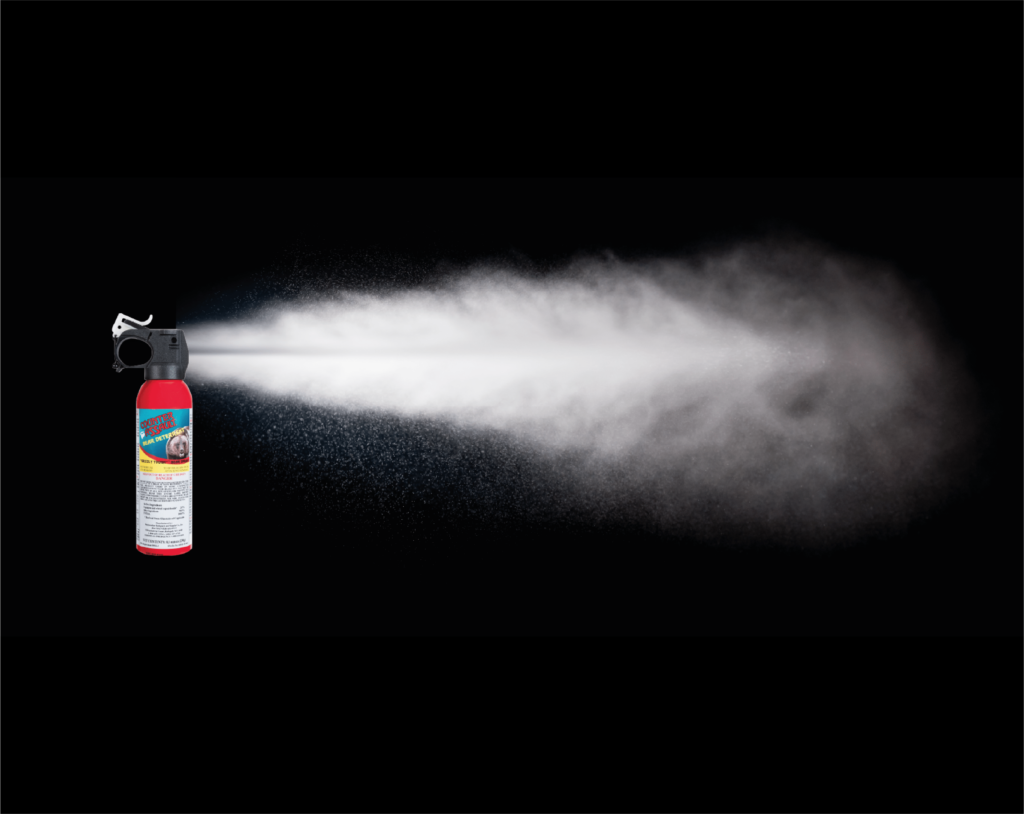
Most bear sprays use a propellant that is being phased out in Canada and the USA, why? In the world of wildlife management and technology, we are constantly searching for new ways to make it easier for humans to co-exist with our natural surroundings. While many products cater to industry professionals, one of the most widely used animal management tools is bear spray. From outdoor enthusiasts to job sites, bear spray is often on hand for those who understand the dangers of bear encounters. But what happens when a life-saving tool like bear spray turns out to be bad for the environment? It can be difficult to balance the known benefits of a product like bear spray with the potential environmental impact that it has. Background Over the past decade, the USA and Canada have passed legislation that attempts to limit the use of known pollutants. One such pollutant is the propellant 134a, which is used in most available bear sprays. The governments of these countries have allowed the limited use of 134a in bear spray because up until recently, there was no known alternative. Over the past year, Counter Assault has discovered an alternative to 134a that significantly reduces the environmental impact of bear spray. The new propellant creates about 120 metric tonnes of CO2 which is about 9.5 times less than the widely used 134a propellant, which creates 1,144 tonnes of CO2. The Environmental Impacts of Bear Spray: A Comparison If we compare 10,000 cans of bear spray, which typically contain between 80g – 150g of propellant per can, this is how they stack up: Current Bear Spray (134a propellant) GWP = 1,430 Bear Sprays that use the 134a propellant have a Greenhouse Gas Effect of 1,430x that of CO2. Counter Assault Low-Emission Bear Spray GWP = 150 Counter Assault Bear Spray uses a new propellant that has a Greenhouse Gas Effect of 150x that of CO2. The most readily available bear sprays on the market still use 134a as a propellant, which has a significantly higher Greenhouse Gas Effect compared to the new alternative. At Margo Supplies, we are proud to carry Counter Assault Low Emission Bear Spray, a major innovation in bear deterrent technology.
What is in Bear Spray and How Does it Work?
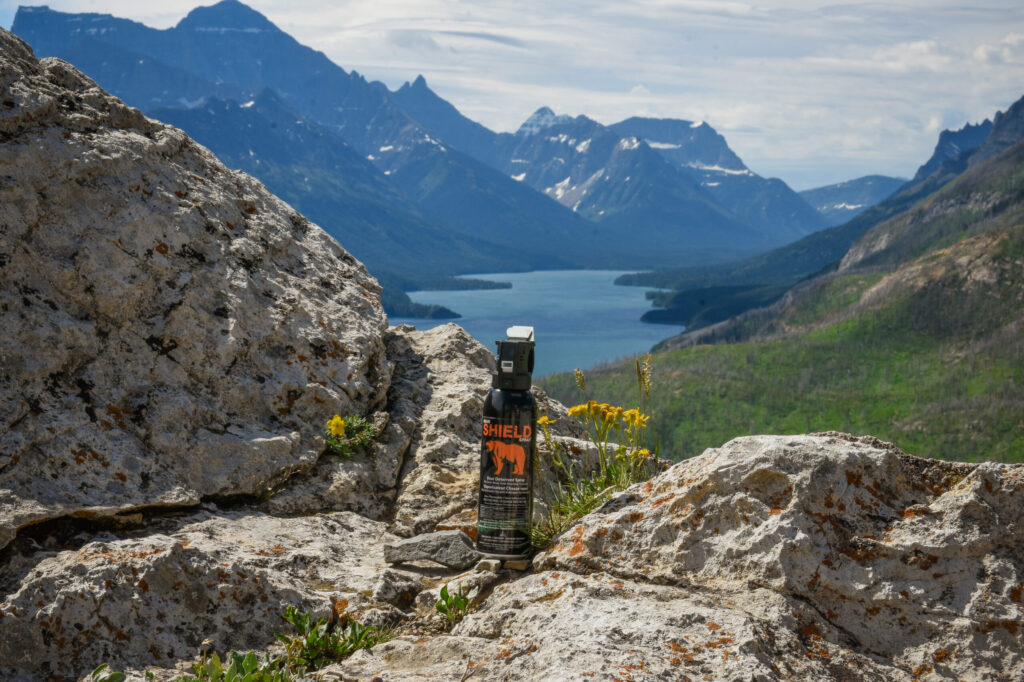
If you work or visit areas where bears may be present, you might have been told to “be prepared with bear spray”, but what is actually in bear spray and how does it work? In short, bear spray is the last line of defense against bear attacks. While many bear encounters do not result in the use of bear spray, in close contact encounters, it has been proven to minimize harm and prevent fatalities. In a study conducted in Alaska, it was found that 98% of people who carried bear spray were uninjured in a close-range bear encounter. In a study of 83 bear-related incidents, 98% of people who carried bear spray were uninjured in a close-range encounter. – Efficacy of Bear Deterrent Spray in Alaska, 2010 How does it work? Bear spray is an aerosol, similar to hair spray or bug spray. Aerosols are a combination of propellants and solvents under pressure that are contained within a can. The propellant is what allows for the solvent to be dispersed into the air. Most bear sprays use a propellant called R134a, popular for its non-flammable and non-toxic properties. R134a was recently banned in Canada without an essential-use permit due to its negative environmental impact. The solvent is the product that is being dispersed into the air. In the case of bear spray, the solvent or product is called capsaicin. Capsaicin is the active component of chili peppers. It is commonly used in food products, pharmaceuticals and animal deterrents. Capsaicin creates a burning sensation upon contact, making it an irritant to mammals, including humans. Bear Safety Hub Practicing bear safety can reduce potential fatalieies for both animals and humans. From bear spray to electric fencing, we can help you to reduce potential conflicts and ensure you areprepared in the event of a bear encounter. Learn About Bear Safety
What is Bear Spray and How Can It Keep You and Your Family Safe
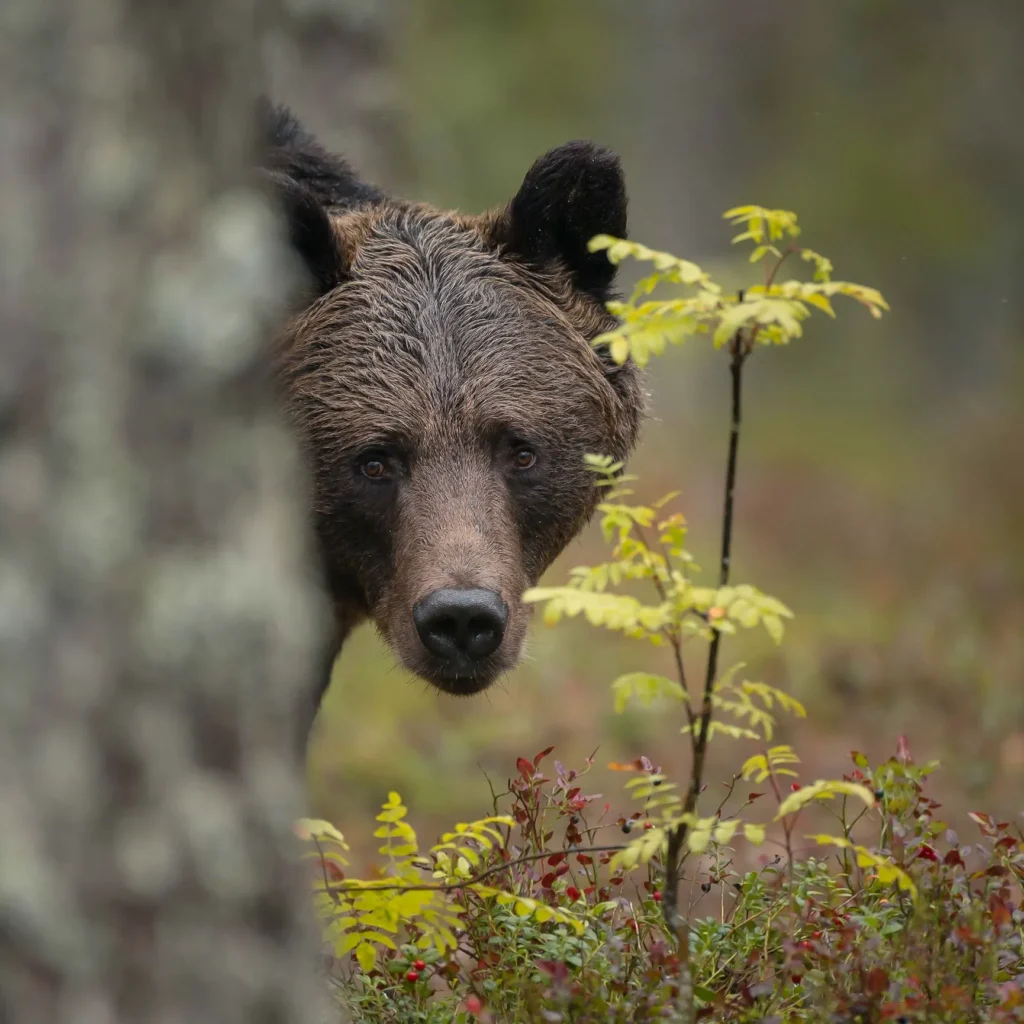
Bear awareness, deterrents and the best bear spray should be a routine part of your wilderness outing, especially early spring through fall. Enjoying warm summer days vacationing with family or friends is likely to include some time in nature away from the concrete jungle. When you head out to enjoy some clean air and adventure in the wilderness, take the Boy Scout motto to heart and “Be Prepared”. You may remember to pack lots of water, snacks, and clothes for unpredictable weather, but are you prepared for a bear encounter? You are entering their natural habitat and this is their season to focus on foraging for food as they prepare for winter. Bear awareness, deterrents and the best bear spray should be a routine part of your wilderness outing, especially early spring through fall. 1. Be Prepared Bear Spray, although a last line of defense, is easy to obtain, carry and to use for every member of your family. It can be easy to become separated from your group, by even few hundred yards, having each member in your group carry a can of bear spray could save a life. Have every member of your group know how, and when, to use bear spray against an aggressive, threatening or attacking bear. 2. Under Pressure Bear spray contains the oil of the hot pepper, Capsaicin, mixed with a propellant and contained under pressure in an aerosol can that is easy to carry and use. Most canisters will deliver about 6-9 seconds of continuous spray and the pepper ingredient causes an immediate and involuntary shutdown of the animal’s functions and preventing or minimizing an attack. Bear Spray is non-toxic and does not cause any lasting harm to the animal or humans. **[It is safer and more effective for people, while ultimately protecting bear populations, than firearm use.][3]** 3. Practice Startled or threatened bears can move very quickly, bear spray should be readied at the sight of an animal and for use when it is 30m (100ft) away. It is useful to practice a zig-zag spraying motion with the safety on or use the Inert Training Spray to practice, particularly valuable for teaching young children how to use Bear Spray if ever necessary. 4. Stay Safe Most importantly, choose destinations away from known bears, travel in groups, and make some noise. Most often bears are just as likely to run from you and your smell before you even notice them, but it’s never worth the risk to get too close. Back away slowly from a bear in your path and stay away if you are unsure or uncomfortable entering bear country. Bear Spray is an inexpensive and indispensable tool for protecting you and your family. 5. Check Expiry Like any aerosol based spray products, while the active ingredient remains potent, it is the propellant that deteriorates and will not expel the product at the desired range, limiting its shelf life to approximately three years. Store canisters safely and avoid extremes in temperatures.
Bear Safety: An Alberta Case Study
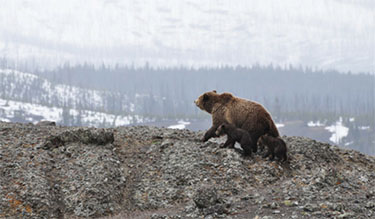
Human-bear conflict is an ongoing challenge to both conservation efforts and in the daily lives of the people who live and work in bear country. Grizzly bears that have been habituated to human food sources can destroy private property, cause significant economic losses, and even cause public safety concerns. However, through cooperation among scientists, government agencies, NGOs and the public, human-bear conflict can be reduced, saving resources and protecting these valuable animals. This month we’re lucky enough to feature the work of Dr. Andrea Morehouse who shares the conservation challenges and practical solutions found in Southwest Alberta. The mountains meet in the prairies in southwestern Alberta. Strong winds shape the landscape and the Rocky Mountains transition rapidly to agricultural lands resulting in spectacular scenery. Grizzly Bears and other large carnivores roam the landscape. The area is part of the Crown of the Continent, home to a UNESCO Biosphere Reserve, and arguably one of the most beautiful places in Alberta. For the past nine years, I have been lucky to call southwester Unlike other areas of the province with extensive protected areas and large tracts of public land, public lands in southwestern Alberta are limited. Within the 3,600 km2 grizzly bear management area (BMA 6) that extends from Highway 3 south to the border with Montana, there are only ~2,000 km2 of public land. Simply put, this is not enough space to sustain viable populations of wide-ranging large carnivores. Consequently, there is a high degree of overlap between large carnivore home ranges and private land uses. Perhaps not surprisingly, southwestern Alberta has and continues to be a hotspot of large carnivore-agricultural conflicts and bear safety continues to be an important topic. “I feel fortunate to work with a community of proactive people willing to consider a landscape shared with carnivores.” The region is home to all four native large carnivores – grizzly bears, black bears, wolves, and cougars – and it was research on large carnivores that brought me to the area. My experience in southwestern Alberta began as a M.Sc. student at the University of Alberta studying wolf diet. Subsequently I completed a Ph.D. also at the University of Alberta studying grizzly bear population ecology and large carnivore conflicts in the region. Depredation of livestock by large carnivores is a long-standing issue, and wolves are the primary culprit. Indeed, during the summer grazing season approximately 45% of wolf diet is domestic cattle. Grizzly bears also kill livestock and are responsible for the second highest number of livestock depredation events in Alberta (second to wolves). Southwestern Alberta is home to a high density of grizzly bears; resident grizzly bear density in BMA 6 is 20.4 grizzly bears/1,000 km2 in the Recovery Zone (Western public lands) and 17.1 grizzly bears/1,000 km2 in the Support Zone (Eastern private lands). Additionally, a high number (approximately 172) of grizzly bears use the area each year. Because of their omnivorous diet, grizzly bears cause more problems than just livestock depredation. Access to attractants can also be a source of conflict between people and bears. Bears can damage standing crops and stored silage and grain; destroy grain bins; raid gardens, fruit trees, and garbage; and be a human-bear safety issue when in proximity to homes and communities. Understandably, such conflicts are are a huge concern to communities that live within carnivore home ranges. What can be done to prevent negative interactions with large carnivores? It is important to understand that there is no “one size fits all” solution to the conservation challenge of mitigating human-carnivore conflicts. Solutions must be place-based and work for the individual experiencing the conflict. I feel fortunate to work within a community of proactive people that are willing to consider a shared landscape with carnivores. Building on previous work led by community groups such as the Drywood Yarrow Conservation Partnership, the Chief Mountain Landowner Initiative, and the Blackfoot Challenge in Montana, as well as collaborations with the provincial government, the Waterton Biosphere Reserve’s (WBR) Carnivores and Communities Program began in 2009 in response to increasing conflicts between large carnivores and agricultural land uses. I have been involved with the WBR since 2011 and joined their board of directors in 2014. [We] operate on a consensus-based model and together have made tremendous strides in reducing agricultural conflicts with large carnivores.” The Carnivores and Communities Program is led by the Carnivore Working Group (CWG), made up primarily of landowners and producers from Cardston County and the Municipalities of Pincher Creek, Ranchland and Willow Creek, as well as representatives from the provincial government, non-profit organizations such as the Nature Conservancy of Canada, and researchers such as myself. The CWG operates on a consensus-based model, and together this group has made tremendous strides in reducing agricultural conflicts with large carnivores in the local community. Much of the work completed by the WBR CWG to date has focussed on restricting grizzly bear access to agricultural attractants. Our evaluation of grizzly bear conflicts in the area has identified grain and dead livestock as the two most common grizzly bear attractants in southwestern Alberta. Changes to grain bins such as bear-proof grain bin doors, hopper bottom bins, and the installation of cement floors have all helped prevent grizzly bear access. Sea Cans, or shipping containers, have also been used successfully to store grain and other attractants. Additionally, electric fencing has been a powerful tool in preventing grizzly bear access to a wide variety of attractants including grain, silage, bee yards, and calving pastures. Dead stock, or boneyards, represent a major attractant not only for grizzly bears but for also for all large carnivores, potentially bringing carnivores into proximity with other attractants and agricultural land uses. The WBR’s dead stock removal program focuses on removing this attractant from the landscape through either on-farm pickup or bear proof deadstock bins where a producer can bring dead animals, thereby removing the attractant from his/her property. “Electric fencing has been a powerful tool in preventing grizzly bear access to a wide variety
Bear Spray: A Necessary Tool for Backcountry Recreationists
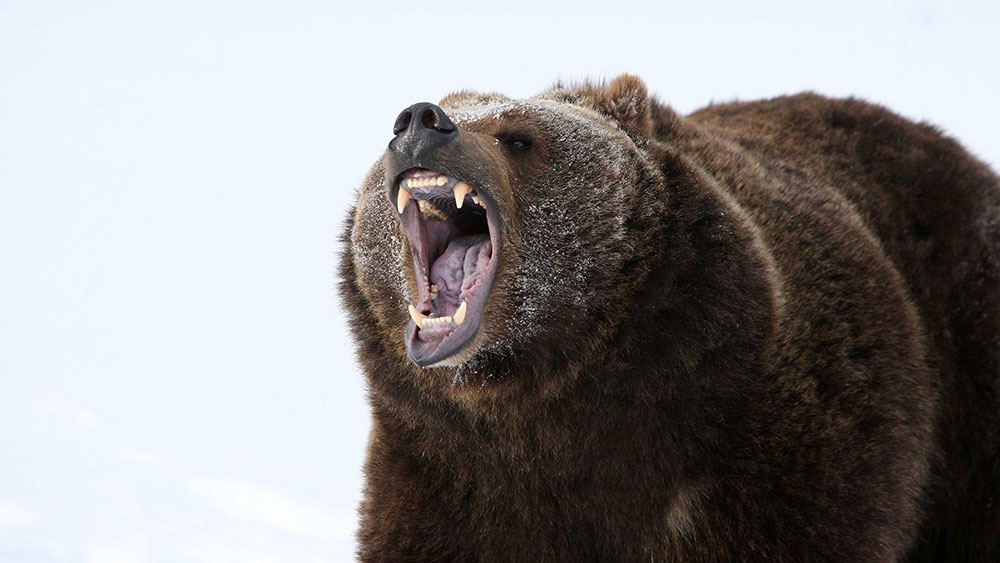
The snow is starting to fly in the Rockies and for a growing number of outdoor recreationists, this means strapping on snowshoes, ski boots, or crampons. But amid all the specialized winter gear, I don’t often see bear spray with backcountry enthusiasts. After a busy autumn packing on the calories, most bears across North America hibernate during winter when the opportunities for food are scarce. Because of this, bear conflicts are at their lowest, leading backcountry recreationists to forget to include bears in their risk assessments. While rare, potentially dangerous bear encounters can occur in all seasons, including winter. In December 2015, two alpinists triggered a defensive attack from a Grizzly Bear on a high and exposed slope of Mt. Wilson in Banff National Park. You should expect to see bears in bear country no matter what season you are visiting. Bear spray is an essential piece of safety gear that should always be included in your pack. Understanding bear hibernation Most bears do sleep away a good portion of the winter, but this varies significantly by area, weather, and food availability. For example, Inland Alaska grizzlies spend up to 6 months in their den while black bears in New Mexico might only spend a few weeks asleep. Snow on the ground is not a good indicator of hibernation status. Bears may search for food late into the fall and may wake up early, especially if they didn’t get to eat their fill the last fall. Even in the dead of winter, it is not unusual for bears to leave their den periodically during the winter. While the probability of an encounter does decrease in the winter, bear encounters are possible any time of the year. Dangerous bear encounters are still possible during heavy hibernation. A bear’s metabolic, heart, and breath rates drop significantly during hibernation to conserve energy; however, unlike other hibernating mammals, core body temperature remains quite high. A hibernating grizzly bear’s core temperature drops to about 31 degrees Celsius, within 11 degrees of their normal temperature. This function allows bears to awake quickly and be ready for action. Bears are easily aroused and may exit their dens if disturbed, ready to protect themselves from any perceived threat. Grizzly Bear den site selection may also increase conflict with the rapidly growing sport of backcountry skiing. Grizzlies often select den sites on steep alpine slopes with high snow accumulation, making it easy for them to build a deep and well-insulated shelter. In Yellowstone Park, Grizzlies prefer to den on the mid to upper third of 30 degree to 60 degree slopes with Northern exposures between altitudes of 6,500 – 10,000 feet – otherwise known as ideal backcountry ski terrain. Protect yourself with bear spray While encounters are more unlikely in the winter months, it is important to show respect for bears by being prepared and following normal precautions in bear country; make noise, travel in groups, and carry bear spray. If you see evidence of a bear den, quickly leave the area. Bear attacks in winter are more likely to be defensive. All backcountry enthusiasts should understand how to read bear behaviour and what to do in the case of a bear charge or attack. Travelling in cold weather poses challenges; however, bear spray can still be effective. You should never store bear spray below freezing temperatures, but you can still safely carry it when travelling in the cold. We stock a wide variety of bear spray holsters which help ensure bear spray remains secure but easily accessible when you need it; bear spray is only useful if it is within easy reach.

